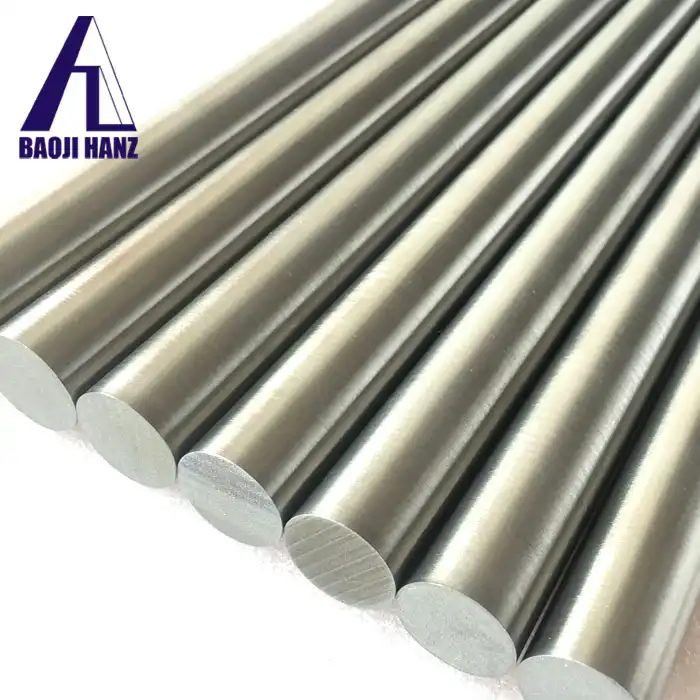Does nitinol ingot processing differ?
2024-07-29 17:57:50
How does the production process of Nitinol Alloy Ingots differ from conventional metal ingots?
The production process of Nitinol alloy ingots differs significantly from conventional metal ingots due to its unique properties and composition. Nitinol, an alloy of nickel and titanium, requires precise control over melting, alloying, and cooling to achieve desired shape memory and superelasticity. Specialized vacuum or inert atmosphere furnaces are used to prevent contamination during melting and casting. The alloy undergoes specific heat treatments to set its shape memory properties. Quality control includes rigorous testing for chemical composition and mechanical properties. In contrast, conventional metal ingots often involve simpler melting and casting processes without the critical phase transformations and precision required for Nitinol alloys.
What are the key factors influencing the quality of Nitinol Metal Ingots?
The quality of Nitinol metal ingots is influenced by several key factors. Firstly, precise control over the composition of nickel and titanium ensures the alloy meets specified requirements for shape memory and superelasticity. The manufacturing process, including melting, alloying, and heat treatments, must be carefully monitored to achieve uniformity and desired mechanical properties. Quality assurance measures such as chemical analysis, mechanical testing, and inspection for defects ensure consistency and reliability. Proper handling and storage conditions also play a crucial role in maintaining the integrity of Nitinol ingots, preventing contamination and preserving their performance characteristics over time.
How does the thermal processing of Nitinol Alloy Ingots affect their shape-memory properties?
The thermal processing of Nitinol alloy ingots significantly affects their shape-memory properties. Heating Nitinol above its transformation temperature allows it to transition from a deformed martensitic phase to its original austenitic phase, thereby restoring its shape-memory capabilities. Controlled heat treatments during processing set these transformation temperatures precisely, influencing the alloy's ability to revert to its initial shape upon heating. Proper cooling rates after heat treatment also impact the material's microstructure, affecting its mechanical properties and resilience to deformation. Overall, precise thermal processing is crucial in optimizing Nitinol ingots for applications requiring reliable shape-memory behavior.Conclusion:
Understanding the intricacies of Nitinol ingot processing is essential for leveraging its unique properties in diverse industrial and medical applications. By addressing these fundamental questions, we gain insights into how specialized processing techniques contribute to the quality, performance, and functionality of Nitinol Alloy Ingots. As technology advances and applications expand, continual refinement in processing methodologies will further enhance the capabilities of this remarkable shape-memory alloy.
References:
- ASTM International. (2022). Standard Specification for Nickel-Titanium Shape Memory Alloys. ASTM F2063-19.
- Pelton, A. R., & Duerig, T. W. (Eds.). (2013). Shape memory alloys: Modeling and engineering applications. Springer Science & Business Media.
- MIGA (Medical Implant Grade Association). (2021). Nitinol Guidebook: For Medical Device Manufacturers.
